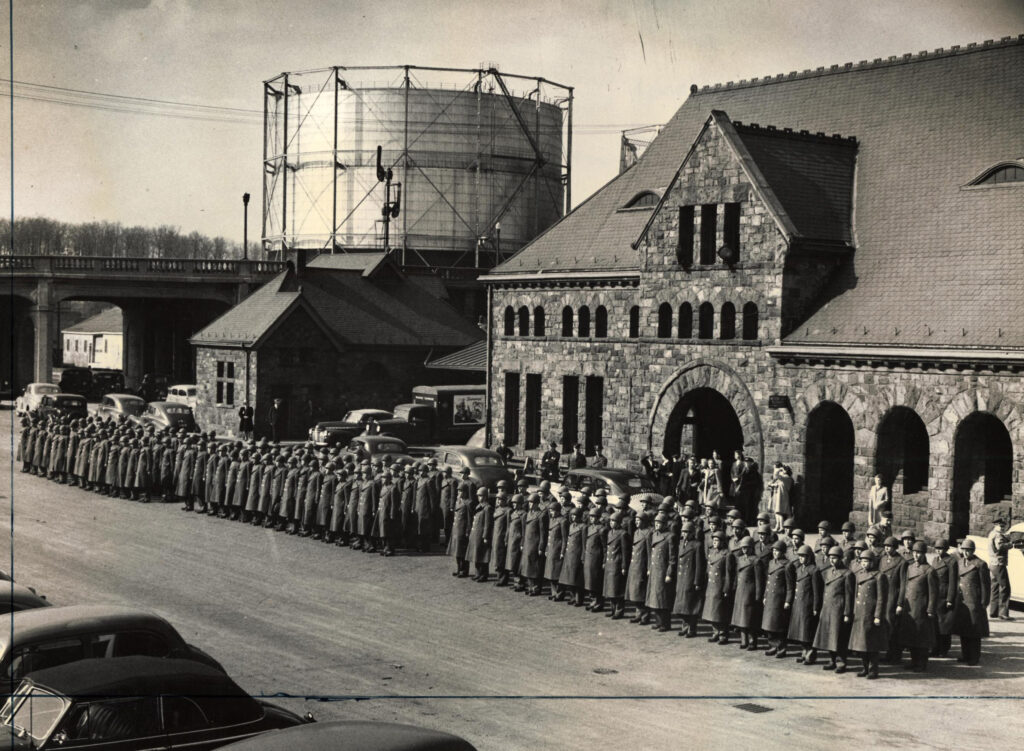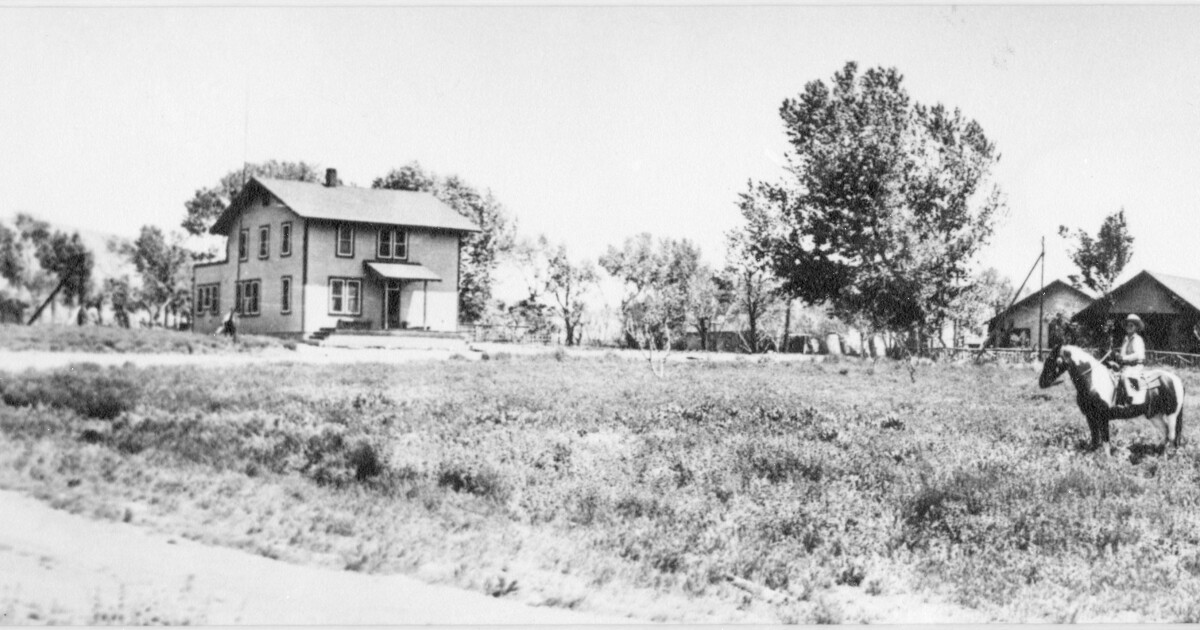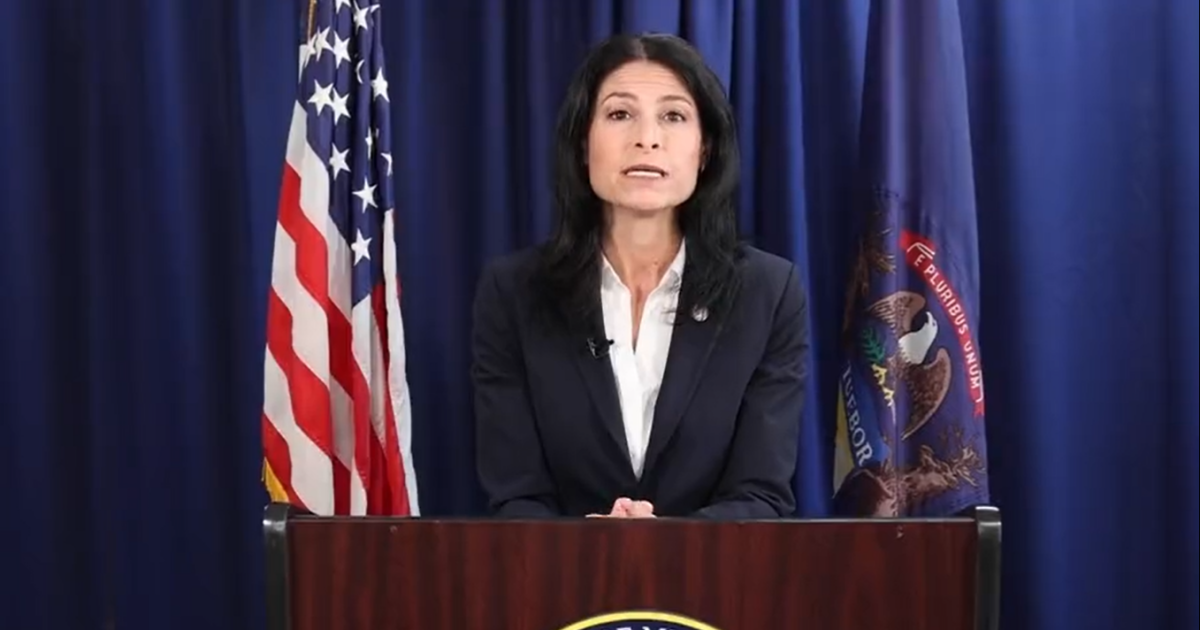Sept. 2, 2025, marks 80 years since World War II’s end, offering a moment to examine the University of Michigan’s (U-M) impact during the war. As the U.S. entered the conflict in late 1941, some suggested universities should transition entirely to military control. However, U-M President Alexander Ruthven resisted, emphasizing the ongoing need for educational institutions post-war.
Ruthven chose to collaborate with the War Department, integrating education and research into wartime efforts. This decision radically transformed U-M from 1941-45, with military personnel filling dorms and classrooms while faculty engaged in covert research, most notably on the “Variable Time Proximity Fuse.” This innovative fuse arose after the London Blitz, addressing the challenge of shooting down German bombers.
Allied scientists proposed a shell that emitted a radio signal to detonate explosives near enemy aircraft. U-M physicists David Dennison and H. Richard Crane, experts in radio technology, were tasked by the National Defense Research Council to develop and test this concept. They conducted 50,000 experiments using copper plane models and overcame challenges such as ensuring the fuse’s durability and safety.
By 1942, the team succeeded; the U.S.S. Cleveland tested the fuses in Chesapeake Bay, successfully downing drones. The proximity fuse soon played a critical role in conflicts like the Battle of the Bulge. This was just one of nearly 200 secret projects at U-M, which also advanced radar technology and developed synthetic fabrics for military uniforms.
U-M’s campus became a significant training hub. The Law School trained 2,500 JAG lawyers, East Quad served as an Army Japanese-language translation program, and West Quad, known as “The Ship,” housed 1,300 Navy apprentices. U-M trained over 25,500 military and civilian personnel, cementing its wartime legacy.
The proximity fuse stood out as U-M’s seminal achievement. Gen. Brehon Somervell acknowledged this contribution, stating, “Your institution has played a very important part in producing the material which has been such a decisive factor in winning the war.”




—
Read More Michigan News










